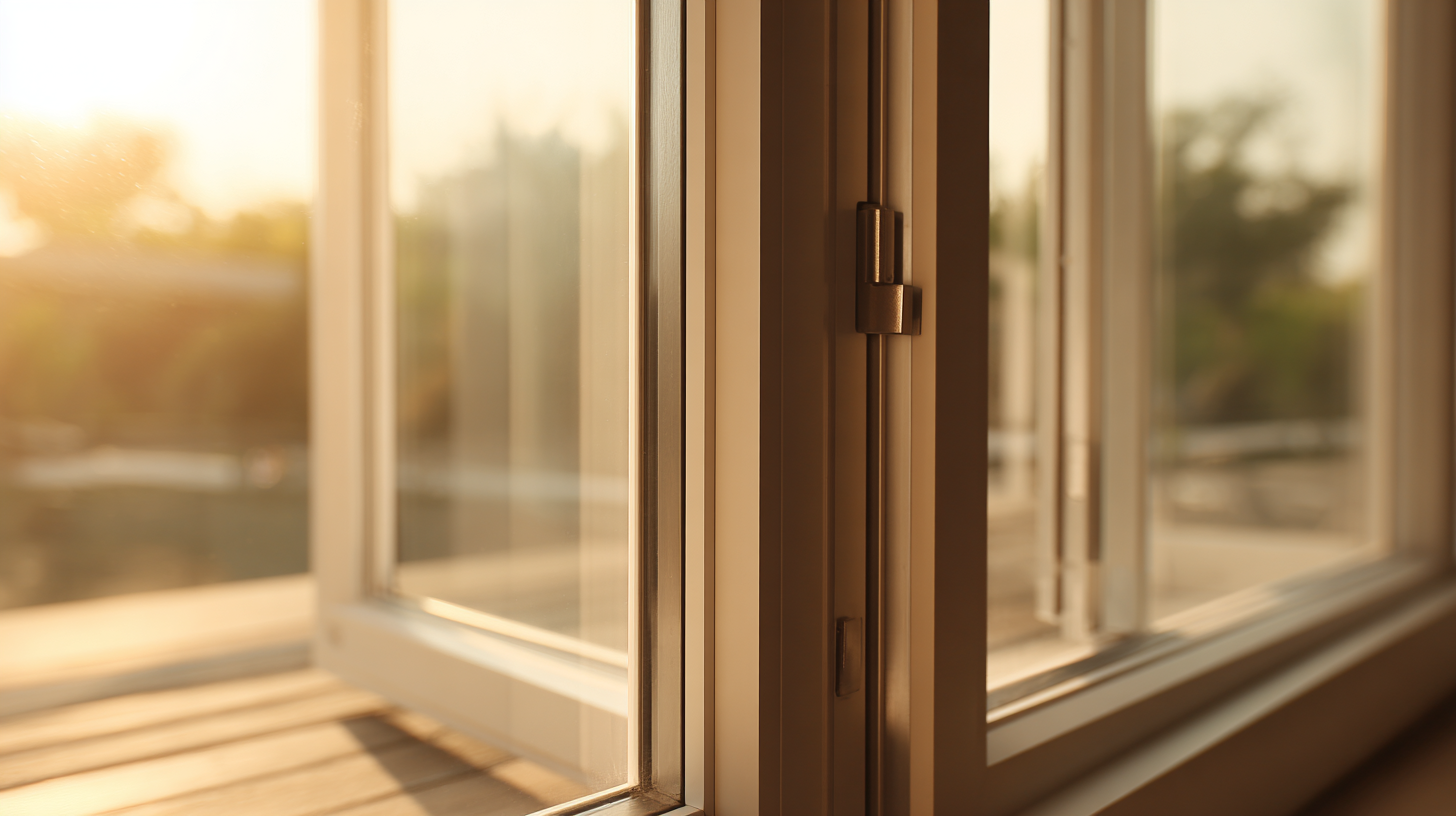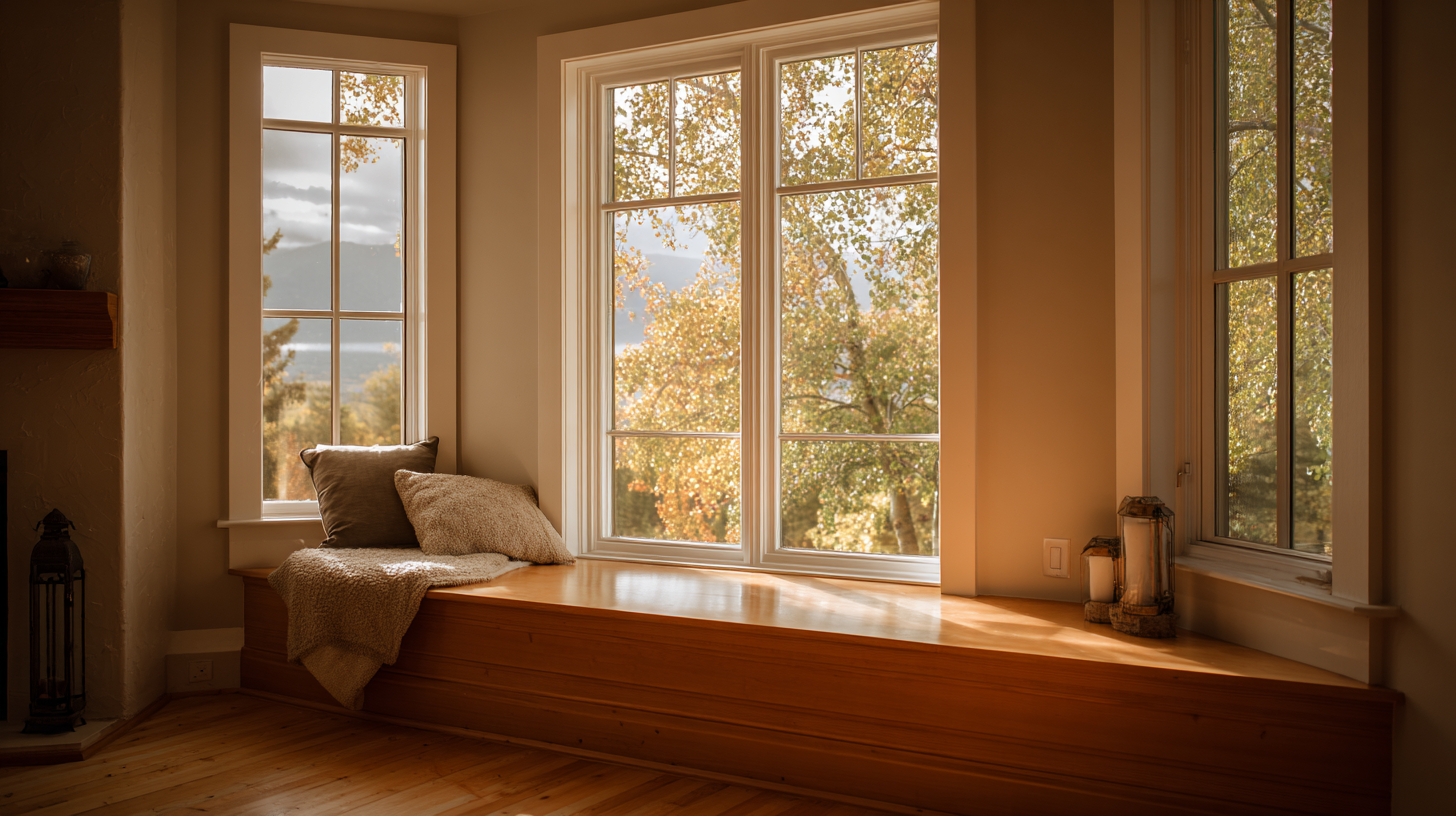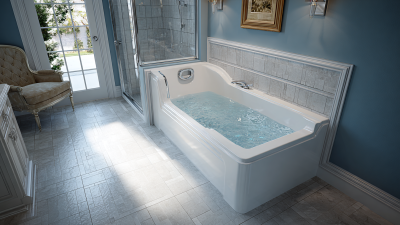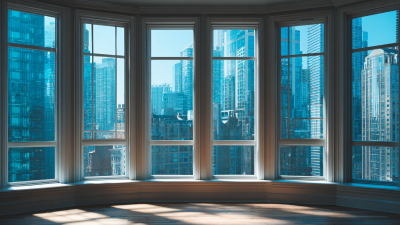Serving Minnesota & Iowa for over 25 years
Reviews
Exploring the Energy Efficiency Benefits of Modern Home Windows for Sustainable Living
In the quest for sustainable living, the role of energy-efficient home windows has become increasingly significant. According to the U.S. Department of Energy, nearly 30% of a home’s heating and cooling energy is lost through its windows, emphasizing the need for advancements in window technologies.

Modern home windows, designed with double or triple glazing, Low-E coatings, and argon gas fills, not only enhance aesthetic appeal but also improve thermal performance. A study from the National Fenestration Rating Council reports that upgrading to energy-efficient windows can save homeowners between $126 to $465 annually on energy bills, depending on locale and home size.
This not only contributes to substantial cost savings but also reduces greenhouse gas emissions, aligning with global sustainability goals. By exploring how modern home windows boost energy efficiency, we can better understand their pivotal role in creating a more eco-friendly living environment.
The Role of Modern Window Technologies in Reducing Energy Consumption
Modern window technologies play a crucial role in enhancing energy efficiency within homes, contributing significantly to sustainable living. Advanced window options such as double-glazed and low-emissivity (Low-E) glass are designed to reduce heat loss in winter and minimize heat gain in summer. According to recent industry reports, the global electric window market is anticipated to grow from $2.29 billion in 2024 to approximately $4.48 billion by 2033, showcasing a compound annual growth rate (CAGR) of 16.2%. This growth underscores the increasing demand for energy-efficient technologies that align with sustainability goals.
Implementing modern windows not only conserves energy but also lowers utility bills, making them a smart investment for any homeowner. Energy-efficient windows can help reduce heating and cooling costs by up to 30%. Additionally, transitioning to these technologies supports broader environmental targets, as they significantly decrease the carbon footprint associated with energy consumption.
Tips for optimizing energy efficiency include ensuring proper installation and maintenance of windows, as well as selecting the right frames and glazing options based on regional climates. Homeowners should also consider utilizing window films or shades that enhance energy performance while maintaining aesthetic appeal. Embracing these modern window solutions is imperative for achieving a sustainable and eco-friendly home environment.

Understanding the Various Types of Energy-Efficient Windows and Their Features
 Modern home windows play a crucial role in enhancing energy efficiency, contributing significantly to sustainable living. Various types of energy-efficient windows, such as double-glazed and low-emissivity (Low-E) windows, are designed to minimize heat transfer, maintaining a stable indoor temperature. According to the U.S. Department of Energy, quality windows can reduce energy bills by 10% to 25% annually, emphasizing their importance in energy conservation efforts. With advancements in technology, these windows are equipped with features like inert gas fills and reflective coatings that not only enhance thermal performance but also improve aesthetic appeal.
Modern home windows play a crucial role in enhancing energy efficiency, contributing significantly to sustainable living. Various types of energy-efficient windows, such as double-glazed and low-emissivity (Low-E) windows, are designed to minimize heat transfer, maintaining a stable indoor temperature. According to the U.S. Department of Energy, quality windows can reduce energy bills by 10% to 25% annually, emphasizing their importance in energy conservation efforts. With advancements in technology, these windows are equipped with features like inert gas fills and reflective coatings that not only enhance thermal performance but also improve aesthetic appeal.
In addition to traditional types, there is an increasing trend toward smart windows that can adjust their tint in response to sunlight, further optimizing energy usage based on environmental conditions. Combining these modern window technologies with other energy-efficient appliances can create a holistic approach to reducing overall energy consumption in homes. Reports indicate that newly built homes incorporating these features can save substantial amounts on electricity bills, making them attractive investments for homeowners looking to boost property value while being environmentally conscious. Hence, selecting the right windows is essential for both comfort and sustainability in modern home design.
Tips for Choosing the Right Windows for Optimal Energy Performance
When it comes to enhancing the energy efficiency of your home, selecting the right windows is crucial. Modern windows not only improve aesthetics but also provide significant energy performance benefits. When shopping for windows, consider the frame material, glazing options, and the overall design, as these factors greatly influence thermal insulation and energy loss.
Tips for Choosing the Right Windows for Optimal Energy Performance:
First, look for double or triple-glazed windows, which offer superior thermal insulation compared to single-glazed options. Additionally, opt for low-emissivity (Low-E) glass, which reflects heat back indoors during winter and keeps your home cool in summer. It’s also important to select windows with a good National Fenestration Rating Council (NFRC) rating, which indicates their energy efficiency.
Finally, don’t overlook the role of proper installation. Even the best windows can underperform if they are not installed correctly. Ensure that your windows are sealed properly to prevent air leaks, which can severely impact your home’s energy efficiency. By following these tips, you can choose windows that contribute to a sustainable living environment while reducing energy costs.
How to Properly Maintain and Optimize Your Windows for Longevity
Proper maintenance and optimization of modern home windows are essential steps toward ensuring their longevity and maximizing their energy efficiency benefits. Regular cleaning is the first crucial task. Accumulated dirt and grime can obstruct sunlight and hinder the performance of energy-efficient coatings. Homeowners should use non-abrasive cleaners and soft cloths to maintain the clarity of their windows and prevent scratches. Additionally, inspecting seals and weather stripping is vital. Over time, seals can deteriorate, leading to drafts and increased energy consumption. Replacing worn-out sealing materials can significantly enhance the thermal performance of windows.
Furthermore, window treatments can contribute to energy efficiency and durability. Utilizing curtains or shades not only helps regulate indoor temperatures but also protects the windows from prolonged sunlight exposure, reducing wear and tear. Homeowners should consider using insulated or reflective window films to further improve energy performance. Lastly, periodically checking for any cracks or damage in the window frame and glass can prevent minor issues from escalating and ensure that windows continue to perform optimally over time. With proper care, modern windows can remain a vital asset in promoting sustainable living through energy efficiency.
Exploring the Energy Efficiency Benefits of Modern Home Windows for Sustainable Living
| Window Type | U-Value (W/m²K) | Solar Heat Gain Coefficient (SHGC) | Visible Transmittance (VT) | Lifespan (Years) | Maintenance Tips |
|---|---|---|---|---|---|
| Double-Glazed Low-E | 1.1 | 0.25 | 0.74 | 20 | Clean frames regularly, check seals annually. |
| Triple-Glazed | 0.9 | 0.22 | 0.66 | 30 | Inspect for condensation between panes, ensure proper cleaning methods. |
| Vinyl Frame | 1.3 | 0.30 | 0.75 | 20 | Remove dirt and debris from tracks, lubricate hinges. |
| Wooden Frame | 1.4 | 0.35 | 0.68 | 50 | Repaint regularly, ensure caulk is in good condition. |
| Aluminum Frame | 1.5 | 0.28 | 0.71 | 25 | Regularly wash frames, check for rust and corrosion. |
The Environmental Impact of Upgrading to Energy-Efficient Window Solutions
Upgrading to energy-efficient window solutions significantly contributes to reducing a home's environmental impact. Traditional windows often allow drafts as well as heat loss in winter and heat gain in summer, leading to increased reliance on heating and cooling systems. In contrast, modern, energy-efficient windows are designed with advanced glazing technologies, low emissivity (low-E) coatings, and improved insulation, which help maintain a stable indoor temperature. This reduction in energy consumption not only decreases utility bills but also lowers carbon emissions associated with electricity generation, thereby benefiting the environment.
Moreover, the production and installation of energy-efficient windows can also result in a smaller carbon footprint. Manufacturers are increasingly utilizing sustainable materials and eco-friendly practices in the production process, minimizing waste and energy usage. Additionally, improved window designs can enhance natural ventilation and daylighting, reducing the need for artificial lighting and air conditioning. By making such updates, homeowners not only contribute to their personal sustainability efforts but also promote a broader shift towards greener living practices that can have lasting environmental benefits.
Energy Efficiency Benefits of Modern Home Windows
Upgrading to energy-efficient windows can lead to significant energy savings. This chart illustrates the annual energy savings in kilowatt-hours (kWh) when switching from standard windows to modern energy-efficient options.
Related Posts
-

Exploring Step in Tub Innovations at the 2025 China Import and Export Fair
-

Why Walk In Tubs Are the Ultimate Solution for Safe and Relaxing Bathroom Experiences
-

The Ultimate Guide to Choosing the Perfect Bath Tub for Your Home Spa Experience
-

Maximizing Ventilation and Natural Light: The Essential Guide to Choosing the Perfect Bathroom Window
-

Discover the Benefits of Walk In Tub Clearance for Seniors and Mobility Challenges
-

Transform Your Space: Innovative Bathroom Makeover Ideas for a Stunning Refresh